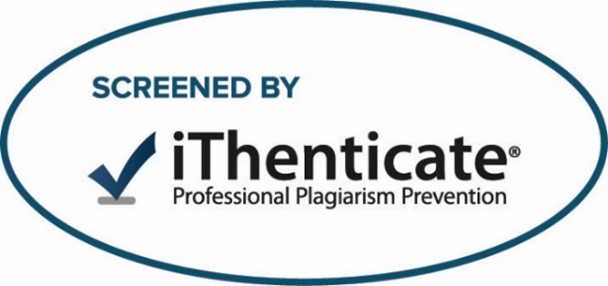Hilla University College Journal For Medical Science
Document Type
Original Study
Keywords
Apoptosis, Compound 21, Cerebral I/R, Fox3, Cerebral damage and infarction
Abstract
Background: With a high death rate, stroke is a very concerning condition. It continues to rank third in terms of both death and disability combined and as the second most common cause of death. The annual number of new stroke cases exceeds 12.2 million. RtPA is the only pharmaceutical agent that has been approved to treat stroke, which is unfortunate. It is recommended that rtPA be given within 4-5 hours of an appropriate diagnosis of stroke onset. During a stroke, the angiotensin II type 2 receptors (AT2R) serve to protect the brain. Compound 21 (C21), a selective non-peptide agonist of the angiotensin II type 2 receptor (AT2R), protects against impairments in neurological function and cerebral damage brought on by ischemic stroke.
Materials and Methods: Twenty-eight-year-old adult Randomly selected Sprague-Dawley rats were split into four equal groups. The sham group was anesthetized concurrently with the other groups. Control that had 30 minutes of ischemia induction followed by 60 minutes of reperfusion. The vehicle group received the identical therapy as the control group, but before 120 minutes of reperfusion, they received an intraperitoneal injection of the vehicle (1 milliliter per kilogram of 10% DMSO). Treatment groups received the same care as the control group, but they are injected intraperitoneal with Compound 21 (0.3 mg/kg) prior to 120 minutes.
Results: The induction of ischemia/reperfusion in rats (control group) significantly (P≤.05) elevated the size of the infarction area in the brain compared to the treatment and sham groups. This work investigated the neuroprotective efficacy of C21 in the context of cerebral ischemia-reperfusion injury. Histological examination demonstrated considerable cerebral tissue damage in the ischemia/reperfusion gr. (p<.05), which was markedly diminished in the C21 group (p<.05). PCR findings indicated Rbfox3 expression was considerably decreased (p <.05) in the control gr. relative to sham gr., whereas it was significantly elevated in C21 gr. (p <.05). The results indicated C21 may alleviate cerebral dysfunction caused by ischemia-reperfusion damage in male rats via modulating the Rbfox3 signaling pathway, leading to a reduction in apoptotic events.
Conclusion: There was a decrease in the infarction and damage score in the group receiving C21 treatment, which is thought to be neuroprotective against cerebral ischemia/reperfusion in the male rat model. Additionally, a rise in fox3 gene expression all contributed to the antiapoptotic impact following ischemia-reperfusion damage.
How to Cite This Article
Ashur, Amal Naeem
(2025)
"Anti-Apoptotic Effect of C21 against Cerebral Ischemia Reperfusion Injury through Activation of RbFox3 Pathway,"
Hilla University College Journal For Medical Science: Vol. 3:
Iss.
1, Article 7.
DOI: https://doi.org/10.62445/2958-4515.1050









Social Media: